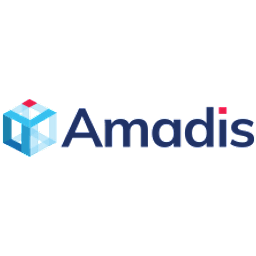595 reads
Optimizing Your Cloud Costs
by
August 30th, 2022
Audio Presented by

Amadis aids businesses to optimize their cloud spending with our FinOps product Cloud .
About Author
Amadis aids businesses to optimize their cloud spending with our FinOps product Cloud .